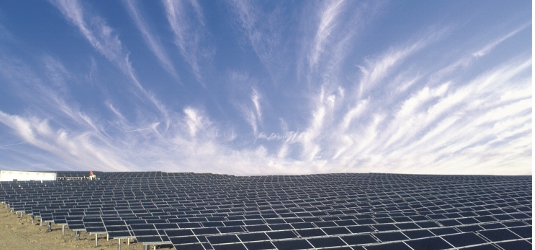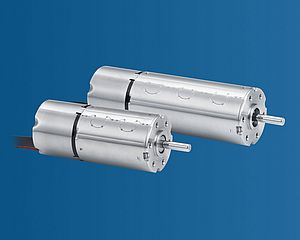Increase the efficiency of photovoltaic cells, that is, the proportion of solar radiation energy that can be converted into electricity by these devices, is one of the key challenges for the success of renewable energy sources. In fact, the research in this field has been engaged in testing new materials for decades.
Recently, a group of researchers at Columbia University and Brookhaven National Laboratory led by Matthew Sfeir announced on "Nature Materials" that they have successfully tested polymers able to recover some of the energy lost as heat during cell operation.
The device uses a physical phenomenon known as singlet fission, which allows to multiply the electric charges produced with each photon when affecting the active material of the photovoltaic cell, i.e. the material from which the flow of electrons, or electrical current, is generated.
The photovoltaic process generates an electron for each affecting photon, regardless of its energy, provided that the energy is exceeding a threshold value (which corresponds to the binding energy of the electron). The efficiency of the cell, understood as the number of electrons extracted, begins to be satisfactory when the energy of the affecting photons is slightly higher than that necessary for triggering the process, that is, with the infrared radiation. With higher photon energy, or moving toward the ultraviolet spectrum, the efficiency does not increase in proportion, because the number of electrons extracted remains almost constant, while increasing their energy, which is largely wasted.
Exploiting fission singlet will allow allotting the energy of the affecting photon to different molecules of the active material, thus generating not one but more free electrons. So far, however, this approach has been experimented with crystalline materials of high quality that are difficult to integrate into commercial photovoltaic cells.
Sfeir and colleagues have now experienced the singlet fission of a single polymer chain, which would permit to easily coupling with other materials and also compatibility with a wide range of industrial processes.
"We expect a significant leap forward in the development of third-generation solar cells," said Luis Campos, Columbia University, who participated in the research. "This approach is particularly promising because the materials used in our study have a modular structure and therefore can be further adapted to various devices to test new organic solar cells."
Find more here






















































